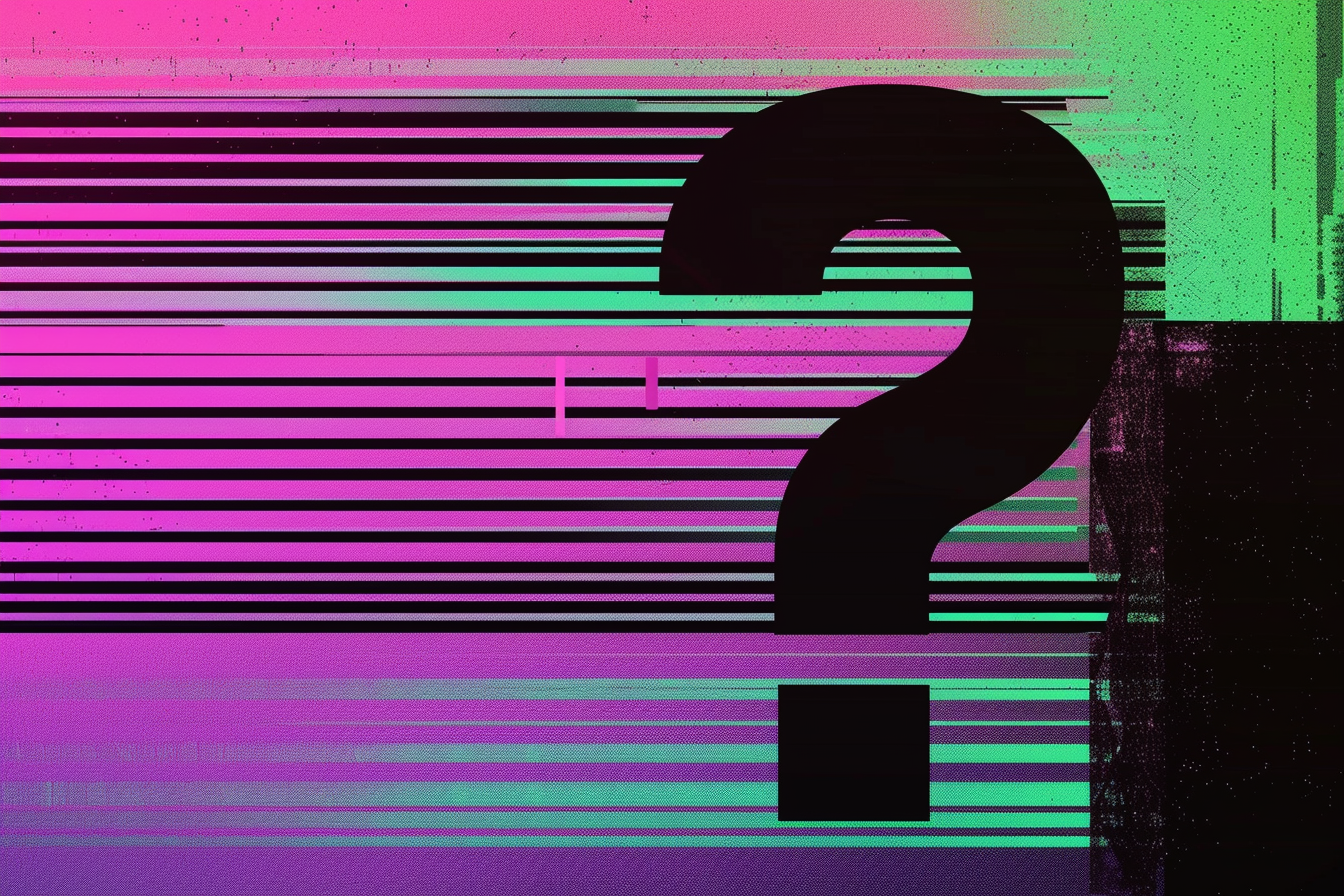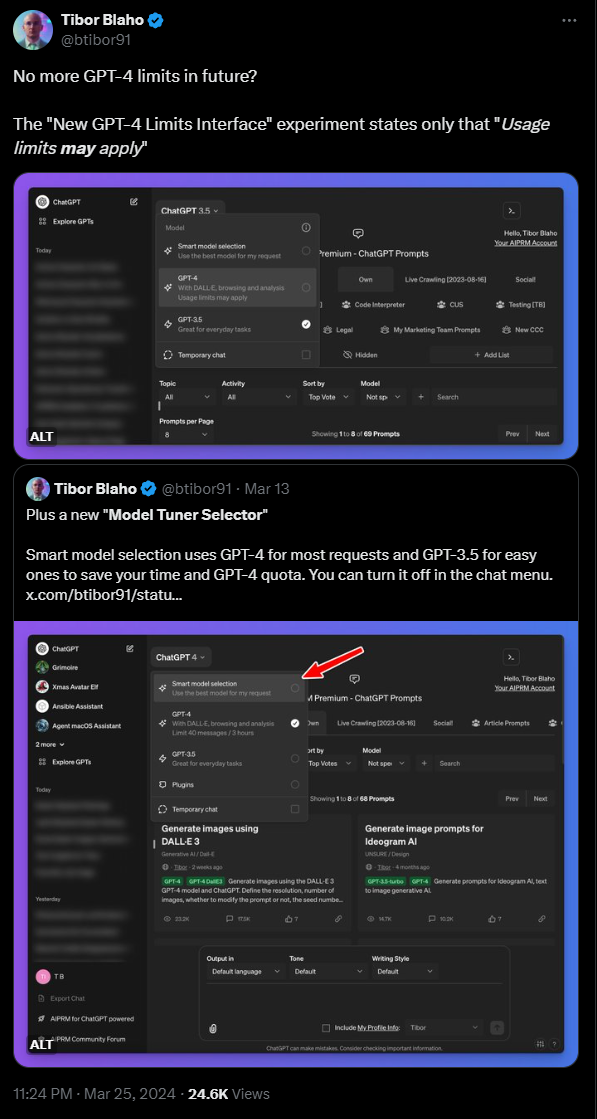OpenAI has new features in the pipeline for GPT-4 and DALL-E 3

Key Points
- OpenAI is experimenting with advanced features for its AI models GPT-4 and DALL-E 3. One of the new features could be a "Model Tuner Selector" that splits requests between GPT-4 and GPT-3.5 to save computing time and user quotas.
- Another feature OpenAI is testing is an "Upgraded Response" that automatically updates responses from GPT-3.5 to GPT-4. In addition, ChatGPT may introduce an anonymous usage option that allows users to test the chatbot without creating an account.
- For DALL-E 3, an image editor with an inpainting feature could be introduced, allowing areas of an image to be selected and altered. Official announcements about these possible new features are yet to come.
X user Tibor Blaho has found evidence that OpenAI is planning new features for its GPT-4 and DALL-E 3 models. One piece of good news might be that the GPT-4 message limit is going away.
In a preview version of ChatGPT, he found a new model switch that only mentions a possible message limit instead of a fixed limit (currently 40 messages per 3 hours). Blaho also discovered the Model Tuner Selector. It is designed to intelligently distribute requests between GPT-4 and GPT-3.5 to save processing time and the user's GPT-4 quota. Simple requests will be answered by GPT-3.5, while more complex ones will be handled by GPT-4. This feature can be turned off in the chat settings.

In another experiment, OpenAI is testing an "upgraded response" feature, according to Blaho. This will allow users to upgrade responses from GPT-3.5 to GPT-4 with the push of a button. OpenAI is probably trying to attract more users to the paid version, as the free version is by far the most widely used, despite a significant drop in quality compared to GPT-4.
Blaho also shows that OpenAI might introduce an option for anonymous use of ChatGPT in the future. This would allow users to try out the chatbot without creating an account, lowering the barrier to entry. However, an account would still offer benefits such as saving chat history, sharing chats, and personalizing the experience.
DALL-E 3 is getting an overdue update
An image editor with inpainting functionality is on the horizon for DALL-E 3. Blaho shows a preview of how an area of an image can be selected in ChatGPT and modified with a description in the chat. OpenAI is also said to be working on a new layout where the chat is displayed on the side while the image and editor remain in focus.
Video: Tibor Blaho via X
There are no official announcements yet. However, ChatGPT plugin developer Blaho was right with his earlier preview and code findings at ChatGPT when he announced the memory feature and the ability to network GPTs with each other in advance.
Of course, OpenAI may only be testing these features, not rolling them out. But that seems unlikely.
With DALL-E 3, OpenAI has a lot of catching up to do compared to the competition from Midjourney and Ideogram. Of course, more functionality also means more complexity, which OpenAI may shy away from. But the current implementation of DALL-E 3 already looks outdated six months after its release. Moreover, OpenAI already offered features like inpainting and outpainting for DALL-E 2.
AI News Without the Hype – Curated by Humans
As a THE DECODER subscriber, you get ad-free reading, our weekly AI newsletter, the exclusive "AI Radar" Frontier Report 6× per year, access to comments, and our complete archive.
Subscribe now